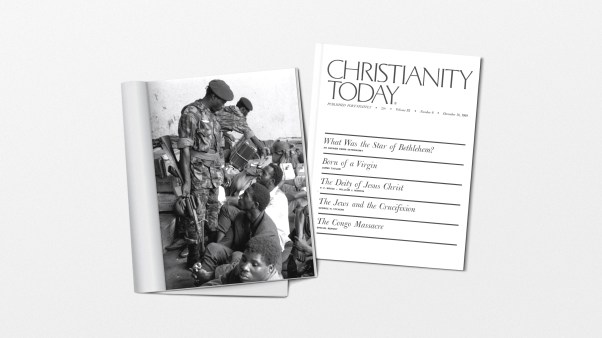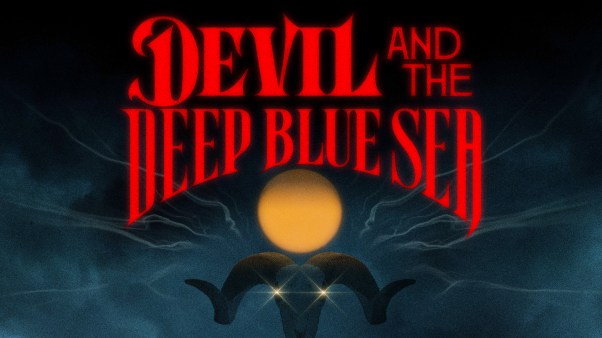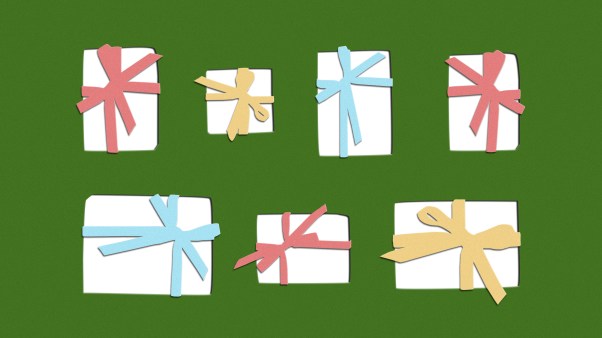Francis was originally named Giovanni, or John, after John the Baptist. His father was in France on business when his son was born, and upon his return he renamed him Francesco—“the little Frenchman.”
When he was young, Francis tried to become a knight, and he fought in a battle against Assisi’s rival city, Perugia. (Francis was captured and imprisoned for a year.) Later he set out to join another army, but he received a dream that instructed him to return home and seek a different calling.
Francis severely disciplined himself against temptations of the flesh. In winter, he would sometimes hurl himself into a ditch full of ice and remain there until every vestige of sinful temptation had departed. To avoid lust, he avoided talking with women. When he was required to speak with one, he fixed his gaze on the ground or sky.
Francis observed literally Jesus’ command to “take no thought for the morrow.” He would not allow the cook of his Order even to soak vegetables overnight for cooking the next day.
In his preaching, Francis spoke bluntly about sin and the need to repent. “He denounced evil whenever he found it,” wrote one early biographer, “and made no effort to palliate it; from him a life of sin met with outspoken rebuke, not support. He spoke with equal candor to great and small.”
Francis may have been the first person to create a “living nativity” scene. On Christmas Eve 1223, in order to “set before our bodily eyes how he [Jesus] lay in a manger,” Francis and companions worshiped in a cave, surrounded by the traditional oxen, sheep, and donkeys.
Although Francis was known for his infectious joy, he abhorred laughing and idle words. His companion Brother Leo wrote, “Not only did he wish that he should not laugh, but that he should not even afford to others the slightest occasion for laughing.”
Even though Francis preached against the sins of the church hierarchy, he had deep respect for clergy. “Those who sin against them,” he once said, “commit a greater sin than [if they sinned] against all other people of this world.”
Francis’s ministry to lepers and his severe lifestyle led to his premature death. For example, he often slept sitting up, usually outdoors on the ground; he customarily fasted the forty days of Lent, as well as many other times. At the end, he was blind, diseased, and emaciated. He probably died from tuberculoid leprosy—in his mid-forties.
Since Communion so powerfully demonstrated Christ’s sacrificial love, Francis implored his friars to show all possible reverence for it. As for his own experience, one early biographer wrote, “The presence of the Immaculate Lamb used to take him out of himself, so that he was often lost in ecstasy.”
Francis was the first person in history to receive the stigmata, Christ-like wounds, in his feet, hands, and side.
Francis instructed his friars to avoid learning and scholarship because such activities tempt one to substitute knowledge about God for knowing God. Within fifty years of his death, however, his order had within it some of the world’s most learned men, including theologian Bonaventure and philosopher-scientist Roger Bacon.
The Franciscan Order, counting all its branches, is the largest religious order in the Roman Catholic Church today.
It was often reported that wild animals—rabbits, birds, even a wolf—became tame before Francis. He especially cared for animals that were associated with Christ. If he saw a lamb being led off to slaughter, he would try to rescue it by pleading or trading for it.
“Lord, Make Me an Instrument of Thy Peace,” sometimes called “The Prayer of Saint Francis,” was not written by Francis—though it does embody his spirit. It was probably composed at a Catholic congress in Chicago, in 1925.
Though Francis revered all creatures, he was not a vegetarian.
After Francis died, the head of his order feared people would steal his body. So he buried Francis’s coffin beneath the main altar in the Basilica of Saint Francis—under a slab of granite, gravel, ten welded bands of iron, a 190-pound grill, and finally a 200-pound rock. The plan worked: the coffin wasn’t discovered until last century.
Mark Galli is managing editor of Christian History.
Copyright © 1994 by the author or Christianity Today/Christian History magazine.Click here for reprint information on Christian History.










